On Sunday the 26th or March, 2006, I visited the Photo Imaging Expo or PIE 2006 at the Tokyo Big Sight international exhibition center. In this episode I’m going to relay some thoughts on the visit, based mainly on what I wanted to get from it. I am thinking of investing in a new Epson printer, and wanted to talk to someone about my options. I also watched the “Adobe Lightroom public beta 2” demonstration, and was very impressed. Before leaving, I attended a seminar about digital nature photography by Yoshiko Kobayashi, one of the top nature photographers here in Japan, whom I was lucky enough to visit Hokkaido with in February on his photographic tour that I spoke about in episodes 25 to 28 of this Podcast.
There are also a few other snippets of information in this week’s episode, but I am not going to give an in-depth report of the whole show. As the title of this episode says, this will just be my impressions backed up by around 10 images.
Also, before we get into today’s topic, I’d like to mention a new method of listening to these Podcasts that I hope will make at least some of you happy. I often receive comments from people asking me why I don’t do Enhanced Podcasts. You know, these are the ones with chapters that change the thumbnail images for you in iTunes. Until now, I’ve not been able to do chaptered Podcasts because Apple has not released a piece of software they call the Chapter Tool for Windows and I don’t have any other good reason to give up all my Windows Software and switch to the Mac OS. Last week though, I bought into a piece of technology called the PupuPlayer Pro.
Now despite the name, this is not a tool to allow you to play pooh pooh, although I’m sure it’ll do a great job if you point it at another Podcast. What it does allow to do though, is to change the images being displayed at set times, the same as an enhanced Podcast. It also allows you to stream the Podcast from my Podcast page, so that you don’t have to wait for the file to download. This will still not work the same as an Enhanced Podcast in iTunes or on your iPod, but once you’ve clicked on the new “Stream Podcast” button you can now see above the Download button for each episode on my Podcasts Page, you will see a small Window open and the episode you chose will start playing in moments as the rest of the audio file is streamed to your computer.
You will need the Adobe Flash player for this to work, but this is available for free and can be downloaded automatically if you don’t already have it. Once the audio is playing, you will see the images in the bottom right of the player change as I move on to the next one, and all you have to do to view it full size is click on the image, just like an enhanced Podcast in iTunes. The difference is that the image will be opened on my Web site. I will be going back and adding the chapter data to all of my previous Podcasts too soon, so if you have any favourite episodes that you want to listen to again in future, you will still be able to use this method.
Although the player is quite small, it’s relatively feature rich, and includes a list of all Podcasts to date, so that you can select any other to listen to, either from the list or with the advance to next Podcast and go to previous podcast buttons. It also has a volume control and timeline scrubber, and is totally advertisement free, as I’ve paid for it. I hope you will find this a useful change to the Martin Bailey Photography Podcast.
OK, so on to today’s main topic. As I mentioned in the intro, on Sunday the 26th or March, 2006, I visited the Photo Imaging Expo or PIE 2006 at the Tokyo Big Sight international exhibition center. Today’s photographs are more just for information, so I won’t be giving details on how or why I made the images as usual. If you’ve started listening to this Podcast with the PupuPlayer, you will now see that the image in the window of the player has changed to one of the Tokyo Big Sight. This is shot number 945 if you still prefer to enter the number in the field in the top page Podcast section or on the top of the Podcast page itself. I shot the building in the morning on arriving, to let you get an idea of what it looks like, but this shot was actually one I captured before getting on the train to go home at 2:15PM. The sun was around the front of the building by this time so it just makes for a better photo. Tokyo Big Sight, as in what a sight to see, rather than site as in venue, is built in and area of Tokyo that I heard called reclaimed land when this area of Japan was discussed in a documentary that I saw recently on I think the Discovery Channel. I personally prefer the term landfill though, as I’ve never quite understood this “reclaimed land” term. It kind of suggests that we once owned it in the past. Maybe billions of years ago when we still lived in the ocean it might have been our home, but since we gave up our gills in favour of lungs, I find reclaiming the ocean as our own a somewhat strange concept.
Anyhow, basically the whole city here with the futuristic Yurikamome railway system that runs on a road-like track with rubber tires rather than steel rails, the sewage works that looks like a UFO and also houses a health club with tennis courts, the amusement parks and even the Fuji TV company building, is all build on landfill ground. It actually makes quite a difference walking around very wide streets and open spaces, compared to most of Tokyo which is often quite cramped and crowded.
If you registered beforehand as I did, entrance fee to the Expo was 750, or about $6.50. This gets you a free photography related equipment catalog that covers everything photography, including studio lighting and photo frames, camera bags and other gadgetry.
Once inside, as I walked into the main area, the KFC booth caught my eye with the large LowePro sign. As some of you will know, I use LowePro bags with the SlipLock lens cases and pouches almost religiously as the main method for carrying around my gear. I was interested to see the DryZone bag that you can see in the next picture, which should now be available in the flash player too, and is photo number 946. The bag was sitting in the well of an artificial waterfall, and with water dropping directly on to it. This was easily the amount of water you’d get from a heavy rainstorm, but when the bag is opened, the insides are completely dry. All of my current LowePro bags are shower proof, but come with an all-weather cover that has to be fitted to the bag if it starts to rain hard, so I probably won’t be replacing these bags soon, but if I was in the market for a new bag, the LowePro DryZone series would definitely be on the top of my shortlist.
By the way, I’ll drop a list of links for all the companies or gear that I talk about today into the show notes.
Next, I approached the Epson stand. You can see this in the next image, which is number 947, from which you can also get a feel for the numbers in attendance today. I came to this Expo last year too, on the Saturday though, and got a distinct feeling there were more people here then. Most booths today looked very similar to this. A good number of visitors but not particularly crowded.
When I set out for today’s Expo, there was one thing that I expressly wanted to get out of today, and this was also discussed in a forum topic recently, and that is that I wanted to see output from both the Epson Maxart PX-5500 that uses the K3 inks, and the Colario PX-G5100. These printers, that in the west are called the Epson Stylus Photo R1800 and the R2400 respectively, both output prints on up to A3+, or 13×19 inch paper. The R1800’s list price is $549 and the R2400 is $849.99. So there’s quite a lot of difference. The thing is that the R2400 has the ability to create much richer, archival quality black and white prints. The R1800 on the other hand, produces wonderful hi-gloss prints. Now what I was worried about was how good the colour gloss output was from the R2400, as I would like to invest in this printer for it’s superior black and white, but most of the original prints from my Web site are colour, some of which are gloss, so I can’t accept lower quality than what I’m currently getting with my PM-4000PX, or the Stylus Photo 1280 as I believe it’s called in the West.
So, as you can see in next photo, number 948 I was pleased to see that Epson had provided a wall full of photos from the glossiest gloss to the mattiest matte output from both printers for me to compare. Actually that’s not quite true as the highest gloss paper from Epson is not supported for use with the R2400, so it was not available for comparison, but I was able to see that the R2400 does indeed create better black and white shots, at the same time as being able to keep a very high quality in the colour prints. I for one could not really tell the difference in the output from both printers when it comes to colour, and I’m not too worried about not being able to output to the highest gloss, as most prints when viewed in a frame are better if the gloss is held back a little. So I think I’ll be investing in an R2400 or the Maxart PX-5500 before too very long.
In the next shot, number 949, we can see the Canon booth, or maybe we should say campus. The area Canon used was huge. I guess they are making too much money, which is not surprising with the amount of cash that people like me throw at them each year. I first had a chat with one of the guys showing Digital Photo Professional about the fact that the new Canon Picture Styles information is not transferred to Adobe Camera RAW, and was a little disappointed in his defensive attitude. He didn’t seem very concerned about the real issues that a photographer has in not being able to simply open his or her RAW images in ACR and have the Picture Style recognized and applied, and seemed more concerned about the dangers of making the Picture Style attributes or code public. I said that I agree that simply making it something similar to open source would not be a good idea, but think that there should be some way for Adobe or other companies to work with the Picture Style. It was at this point that the guy said that Adobe still don’t recognize the EXIF data in digital images, and when I said of course they do, he said “Yes, but only for the last few versions”. It was at this point that I realized that I was wasting my time talking with him, so I thanked him for his time and walked away.
In shot number 950 up next, we can see the crowd gathered around the EOS Digital stand on the Canon booth. Much of the fuss was over the 30D soon to hit the market, but there was also a lot of attention still being given to the 5D and the 1D series DSLRs. We can also see a row of super telephoto lenses being explored at the top of this image, behind the EOS Digital stand. I remember drooling over the 600mm F4 at this point last year, but was lucky to pick one up last December, so didn’t bother to go up there today. All in all there was a lot of buzz around the Canon stand. They had an area for consumer point and shoot digital cameras as well as the DSLRs. It was also possible to take a look at Canon’s printer line-up, video technology and their digital projectors etc. I was also interested in attending one of the seminars at the far right of the Canon area, but we’ll get to that a little later.
I next walked to the stand directly opposite the Canon stand, which was the Adobe stand. I was just in time to watch the Lightroom Public Beta 2 demonstration, which I am very interested in, so I sat down and waited a moment or so for it to start. You should now be able to see a shot from shortly after the demonstration started if you’re listening with the new flash player, or go to shot number 951 if you’re following on my Web site. The demonstration was incredibly professional, as one would expect from a company like Adobe. At some points there was a video with hundreds of photos flashing around the screen, almost dancing as though choreographed to music. The screen you can see in the photo is just half of the actual screen used for the demo, so it was really quite impressive.
Things that I was very impressed with, with Lightroom itself include, the speed at which the operations were possible. I know that they probably have mountains of RAM and CPU speed in the computers that they were using for the demo, but even so, the motions were very fluid indeed. The RAW images were viewable in no time, and switching between viewing the entire image to 100% and moving between the various screen modes was very fast. I also liked the Greyscale Mixer too, which allows you very accurate control over the way your image looks in black and white using sliders for each colour. I can’t wait for the Windows version of the Lightroom beta to become available so that I can have a play with it myself.
Unfortunately there will not be an image to show you of the Apple stand, as Apple stopped me photographing it saying that there were copyright issues with the photos on the screen, even though they would have appeared no bigger than probably 50 pixels wide in my image. I’m not going to go into detail of how I feel about this, and I do respect their views and of course other photographer’s copyrights, and that’s why I’m not going to publish the one shot that I did get before they stopped me, but I will just say that I was disappointed and don’t quite understand the marketing strategy behind spending all this money setting up a stall at a trade show like this, then denying people the chance to give you free advertising.
After this, I had a walk through the rest of the Expo, and along the way made image number 952 that you should now be able to see. This is probably the only shot from the day that I really thought about from an artistic perspective. All through the Expo there are models posing for the almost invariably entirely male crowd. If I was interested in portrait photography, I would probably be at the front of the crowd anyway, so I can’t say that I find anything particular wrong with this, but I wanted to get a shot that shows the crowds and the models both. I walked up to the Sandisk Compact Flash memory stand, which I must say was really very impressive, focusing on their fasted card technology to date, the Extreme III cards, and as I raised my camera, the model with the hat on here looked directly at me. The eye contact in this shot makes for quite an interesting image I thought.
I walked right through the Expo to the very farthest point from the Canon booths, and there I found the Nikon guys. This photo, image number 953 gives a view of the side of the booth. Don’t be fooled by the lack of people in this shot. I waited quite some time to get just a few people in the shot, and was quite pleased to see that guy in the far right peeking around in a somewhat sinister fashion, as though following the guy in the hat walking across the center of the frame. The inside of the booth was of course teaming with photographers trying to get what for most would probably be the first look at a new D200, that we see plastered across the side of the booth here.
After this I wandered outside, and ate the lunch I’d picked up on my way out here. There are places to buy food inside, but I recalled last year, when I was so overwhelmed by all the camera equipment and goodies inside that I felt it a waste of time actually spending time finding somewhere to eat and then queuing to buy it. I also recall that by the time I did decide to do so, much of the food was sold out, so I’d brought my own lunch today. I spend just a few minutes outside before going back inside and going to the upper floor of the exhibition center to look around the stands up there. This floor is where the smaller companies congregate, and I didn’t really find anything that I personally was interested in.
By the time I’d looked around upstairs, it was about time to go back to the Canon stand, to listen to a seminar from one of the top nature photographers here in Japan, that I was lucky enough to visit Hokkaido with in February. This was the photography tour that I spoke extensively about in Episodes 25 to 28 of the Martin Bailey Photography Podcast. In the last photo for today, number 954, we can see the person I’m talking about, Yoshiaki Kobayashi, talking to a crowded room about digital nature photography. Kobayashi Sensei said a number of things that rang very true, like using a tripod whenever possible for Macro photography, and when you really can’t, shoot in bursts to increase your chances of getting something that works, but I really want to mention one thing in particular that I also feel very strongly about. He said that just because with the advent of digital photography and it now being very easy to correct exposure in post-processing, there is no excuse for not getting it right when you are shooting the original.
I too really want to stress the importance of doing this. Many people think that now that we can change things in post processing that we don’t have to be as careful as when we shot film. Let me tell you though, pretty much every piece of post processing you do is going to be destructive, and if you don’t get the exposure right at the point of shooting the image, sure you can raise it or lower it in your RAW software or in Photoshop, but the quality of the image will be reduced. I have tweaked the exposure myself on the odd occasion when I just didn’t have anything better, so I’m not saying you should never ever do this, but you will get higher quality results more consistently if you pay attention to the fundamental photographic skills at the time of shooting, than by messing around with your shots in post-processing.
Anyway, with that little rant to finish with, that just about wraps it up for today. I’ll include a link to Kobayashi-sensei’s Web site in the show notes too. I’ve so much respect for this guy and his work and his vision, so please drop by his Web site and take a look for yourself too.
And finally, I’d like to thank those of you that have taken the time to complete the Martin Bailey Photography Podcast’s listener’s survey so far. If you haven’t already completed the survey and you can spare 5 minutes, you can find a link to the survey in the small Podcast section on the top page or linked with a larger graphic on the Podcasts page. I’ve also posted an announcement in the forum about this, with a link, so I’ll put a link to that post in the show notes. I’d really appreciate it if you could take five minutes to complete the survey as it will enable me to learn more about you and hopefully help me to find a sponsor for this Podcast at some point.
So, whatever you’re doing this week, I hope you have a great time doing it, and keep shooting too. Bye bye.
And finally, I’d like to thank those of you that have taken the time to complete the Martin Bailey Photography Podcast’s listener’s survey so far. If you haven’t already completed the survey and you can spare 5 minutes, you can find a link to the survey in the small Podcast section on the top page or linked with a larger graphic on the Podcasts page. I’ve also posted an announcement in the forum about this, with a link, so I’ll put a link to that post in the show notes. I’d really appreciate it if you could take five minutes to complete the survey as it will enable me to learn more about you and hopefully help me to find a sponsor for this Podcast at some point. It doesn’t matter how long you’ve been a listener or how frequently you listen to this Podcast. Thanks in advance for taking the time out to complete this survey.
Show Notes
Music from Music Alley: http://www.musicalley.com
Subscribe in iTunes for Enhanced Podcasts delivered automatically to your computer.
Download this Podcast in MP3 format (Audio Only).
Download this Podcast in Enhanced Podcast M4A format. This requires Apple iTunes or Quicktime to view/listen.


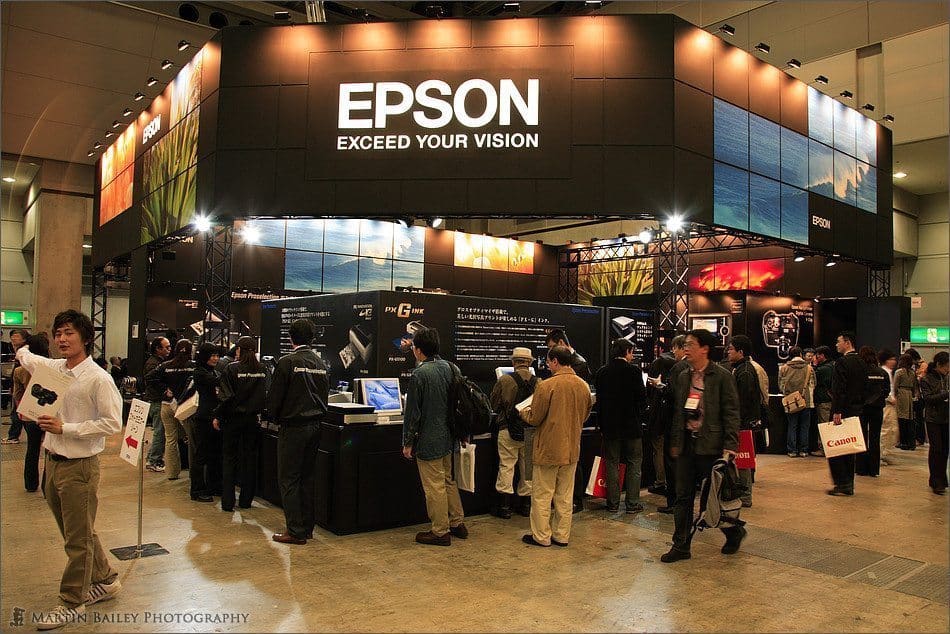
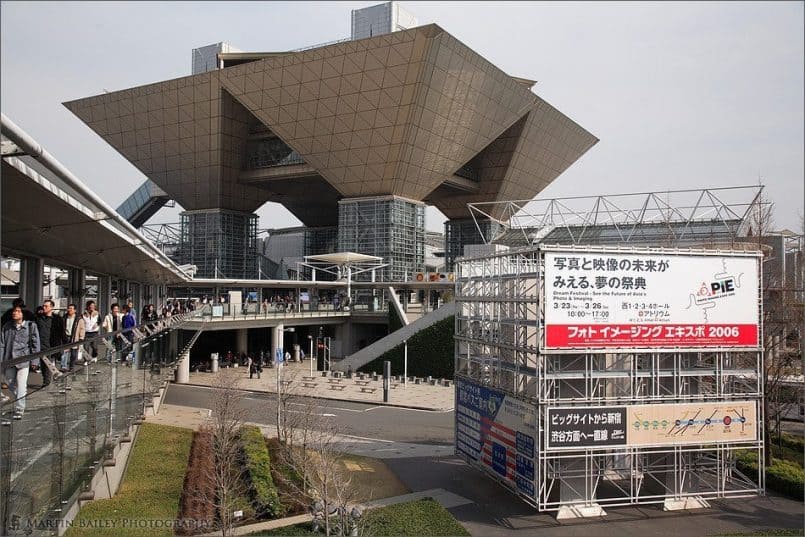
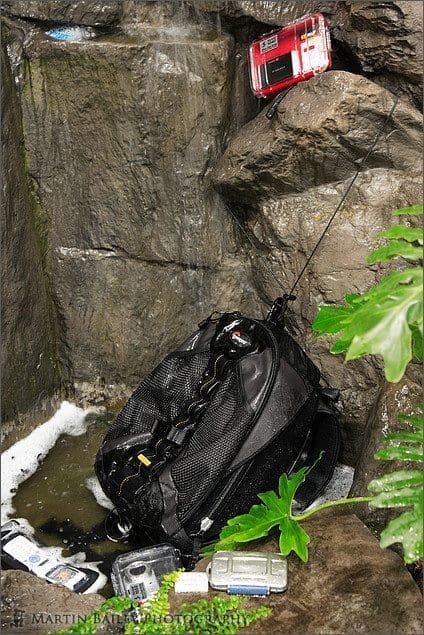
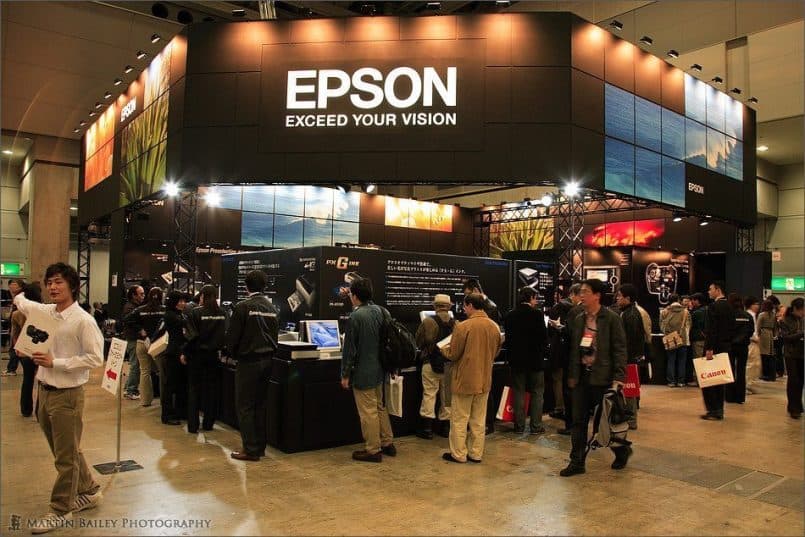
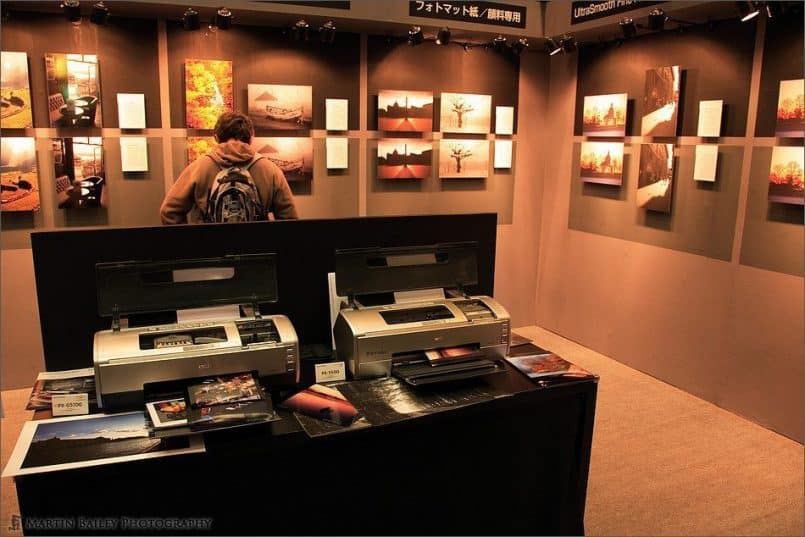
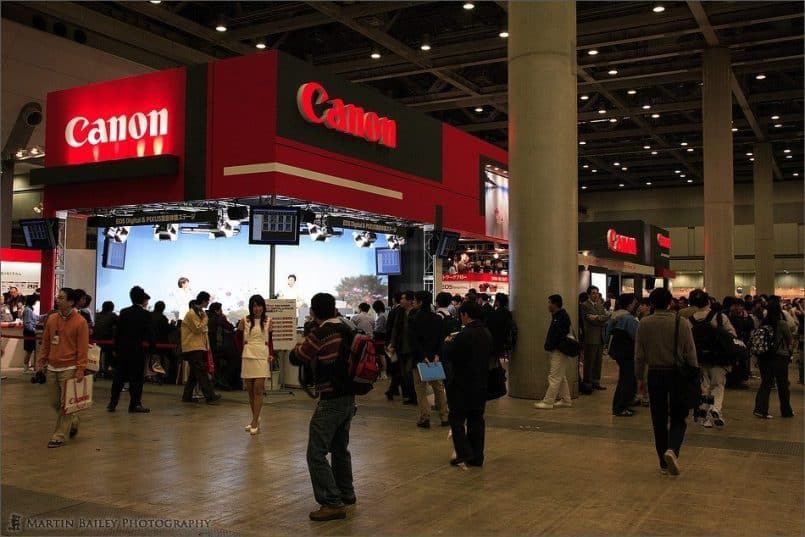
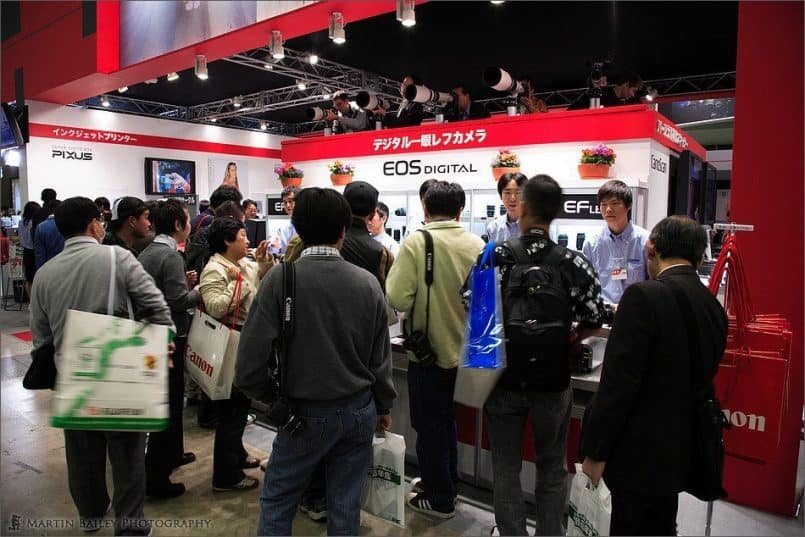
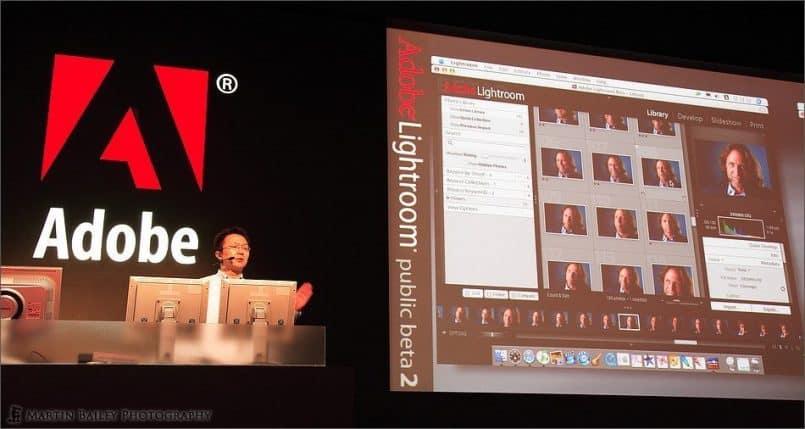
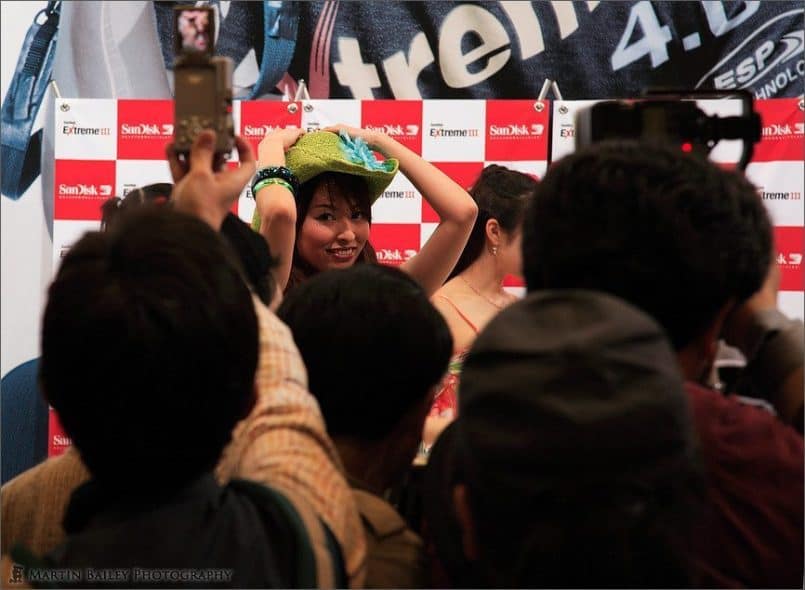
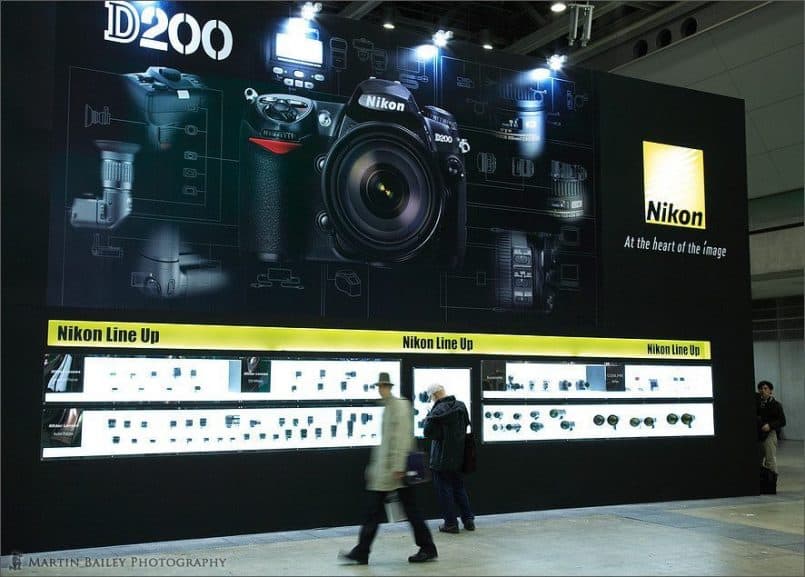
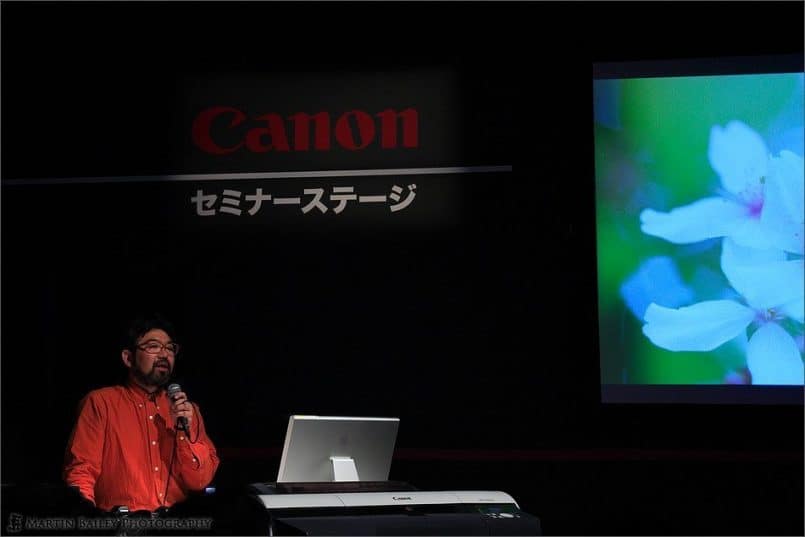

0 Comments